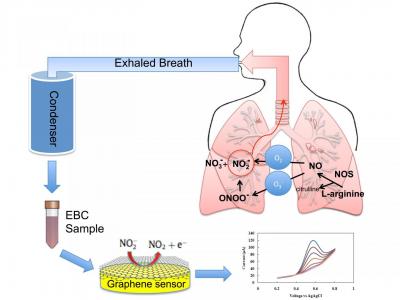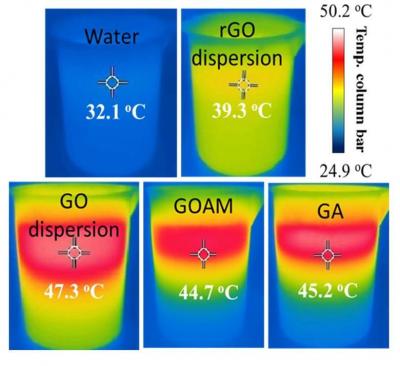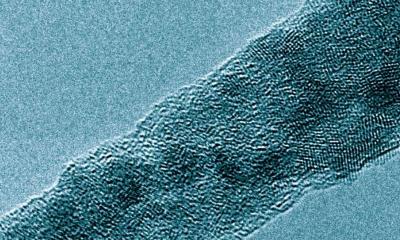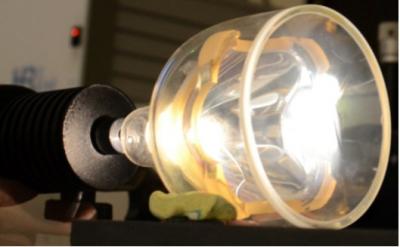A collaborative project, supported by the UK’s Newton Fund and led by BIOVICI, will bring together the National Physical Laboratory (NPL), the University of Chongqing in China, Swansea University and industry partner CTN, to develop an innovative graphene-based sensor. The aim is to provide an easy, low-cost method of diagnosing hepatitis on the spot, and the graphene sensor is planned to be the first to simultaneously test for three types of hepatitis A, B and C.
The team explained that to date, graphene electrochemical biosensors exist for diagnosing one type of hepatitis. This project, however, will develop sensors for the detection of three hepatitis types at a time, by using three graphene sensors, each tailored to identify the antibodies associated with a certain strain of hepatitis, integrated in a single test. Unlike conventional blood tests, this sensor will provide a non-invasive, quick and less expensive screening method. The ease and speed of this method will reportedly be beneficial for bulk testing of the food, agriculture and education workforces in China, for whom tests are obligatory.





